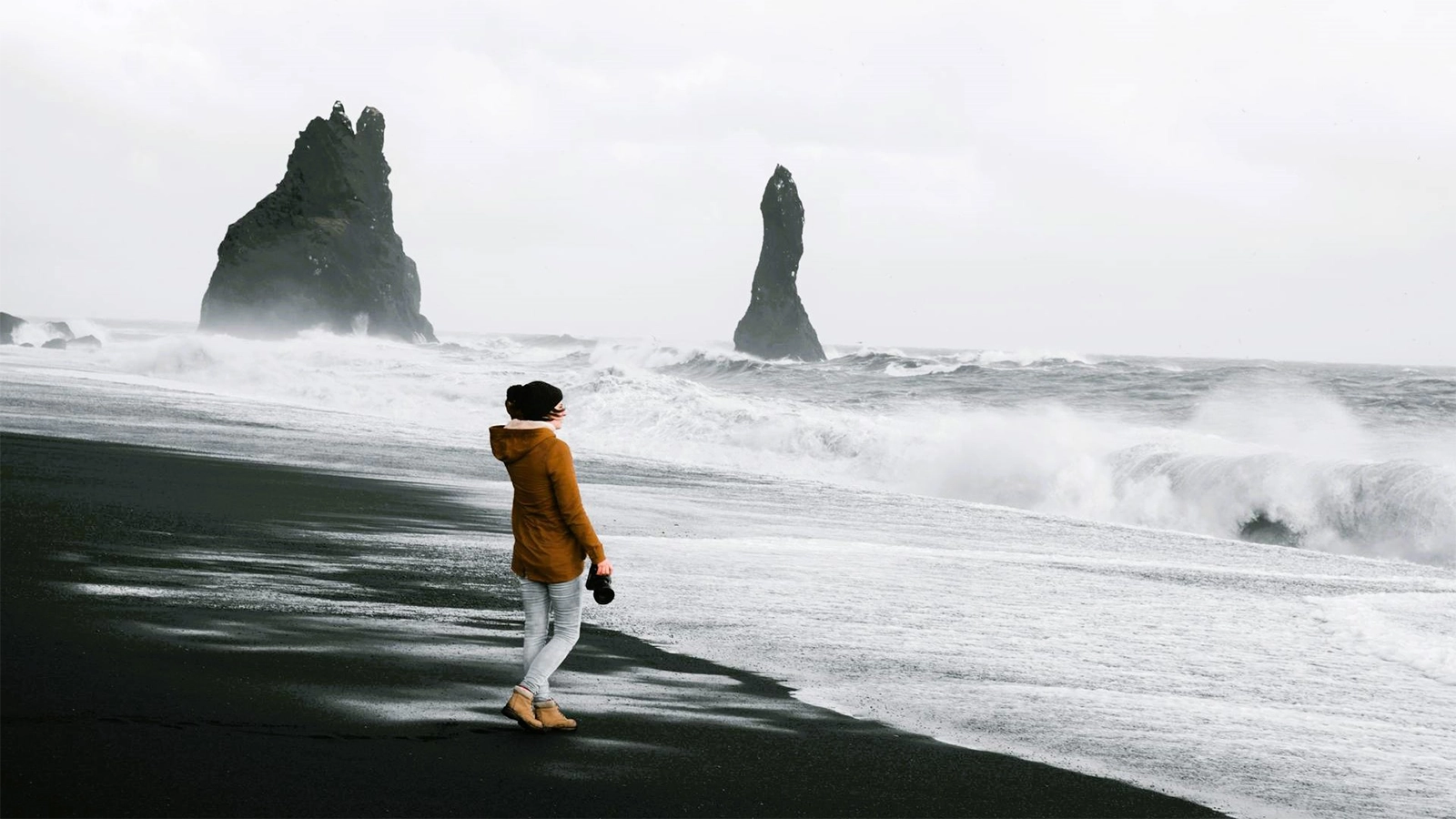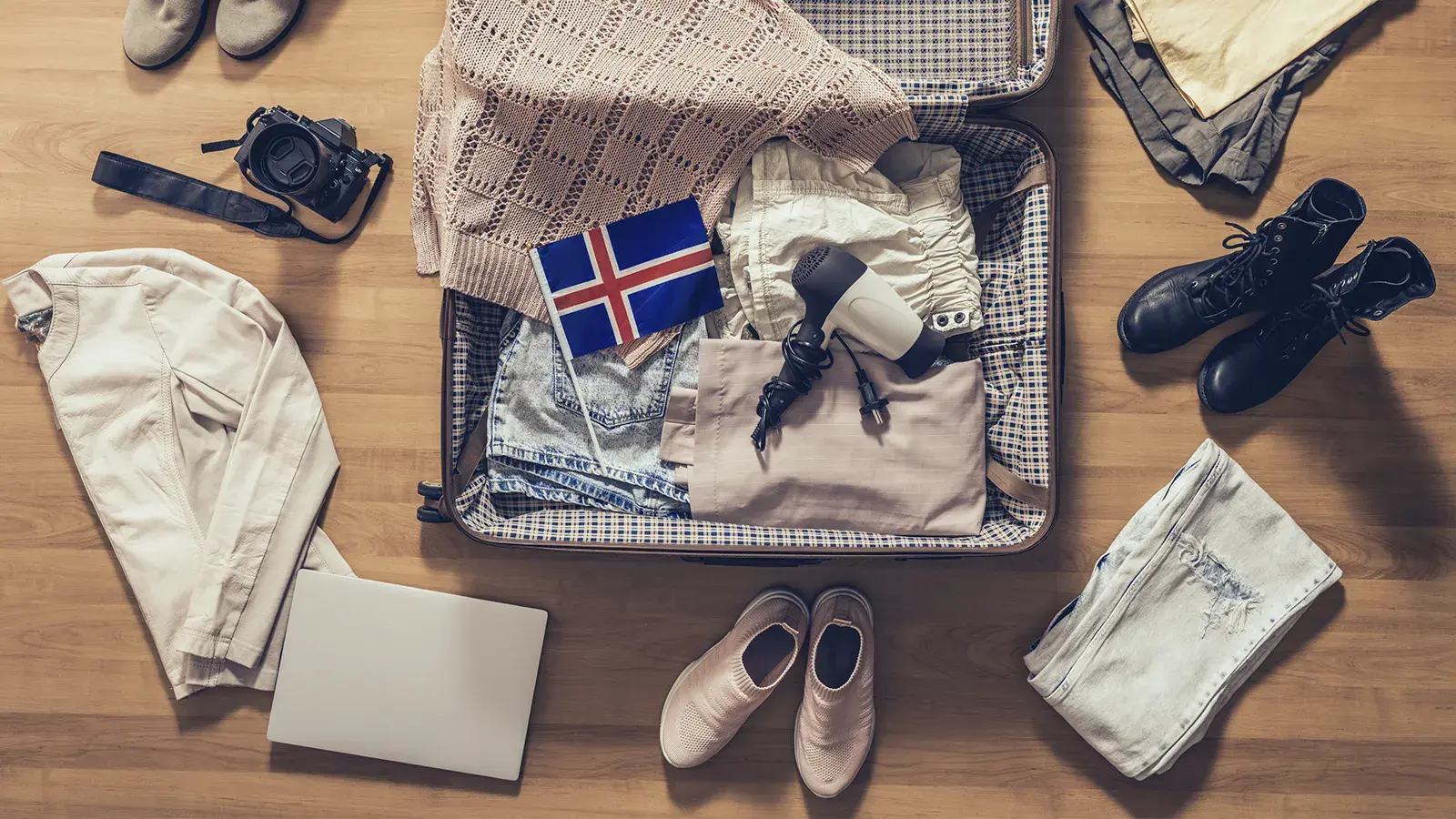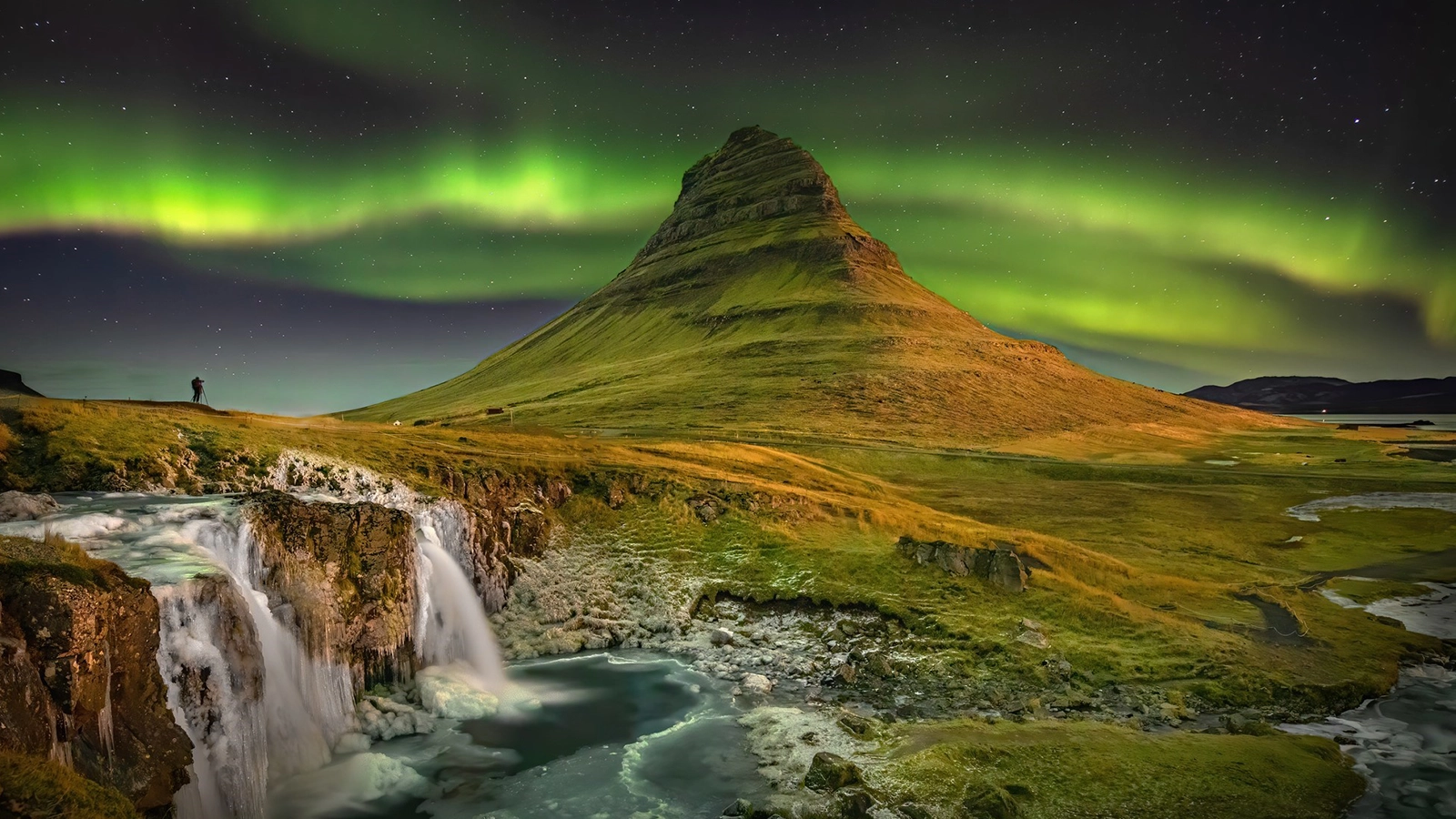Iceland is often ranked as one of the safest countries in the world. With low crime rates, a strong sense of community, and reliable emergency services, most travelers feel immediately at ease. Still, as with any adventure, being informed and prepared helps ensure a smooth and worry-free experience. But even in a place as peaceful as Iceland, traveler safety is about more than crime.
Iceland is often ranked as one of the safest countries in the world, and with good reason. The country boasts extremely low crime rates, a strong sense of community, and trustworthy, efficient emergency services. Whether you are wandering through Reykjavik or exploring remote natural wonders, it’s easy to feel at ease.
The warnings in Iceland may be rather different. With dramatic landscapes, unpredictable weather, and plenty of opportunities for outdoor adventure, it’s important to stay informed and plan ahead. From slippery winter paths to powerful ocean waves, nature here demands respect — and a bit of preparation.
In this post, we’ll walk you through key tips and essential safety information to help you make the most of your Iceland experience, while staying safe, confident, and worry-free.
Personal Safety in Iceland
While crime in Iceland is exceptionally rare, especially against tourists, it’s always wise to follow basic safety guidelines:
- Stay aware of your surroundings, particularly in crowded areas like bus terminals or city events.
- Keep your belongings close, especially in Reykjavik’s more touristic zones. Although pickpocketing is uncommon, it’s better to be cautious.
- Trust your instincts — Icelanders are known for their helpfulness, but if something feels off, don’t hesitate to step away or ask for assistance.
- Respect nature and posted warnings. Cliffs, hot springs, and glaciers can be dangerous if approached carelessly — always follow marked paths and safety signs.
- Beware of dangerous beaches like Reynisfjara Black Sand Beach, Kirkjufellsfjara, or Djúpalónssandur. The so-called “sneaker waves” at these beaches can suddenly surge much farther up the beach than expected, knocking people over or pulling them into the sea. Sadly, there have been fatalities here. So never turn your back to the ocean, obey local guides and keep a close eye on children.
- Always book your glacier hikes with a certified tour operator: professional guides know how to assess conditions, carry the proper safety equipment (like ropes, harnesses, helmets, and crampons), and most importantly, how to respond in case of an emergency.
Weather & Driving Safety
Iceland’s weather is famously unpredictable. You might experience sunshine, wind, rain, and snow — all in the same day. This has a direct impact on driving conditions, visibility, and outdoor activities.
Here are some essential tips:
- Always check the forecast before heading out. Use vedur.is for weather updates and road.is for road conditions.
- Dress in layers, including waterproof outerwear, even in summer. The weather can change quickly, and being dry is key to staying warm.
- Use ice spikes for safe walking in winter. They make a big difference in stability when walking on icy paths, frozen waterfalls, or snowy trails, and they are small enough to keep in your bag or pocket when you do not need them.
- Rent a suitable vehicle for your route; any highland roads (F-roads) require 4x4s and are only accessible during summer months.
- Drive carefully, especially in winter. Bridges are often single-lane, winds can be strong, and gravel roads demand slower speeds.
- Never stop in the middle of the road for photos. Use designated pullouts — the landscape will still be stunning from there!
At EastWest, we take weather and road safety seriously. Our experienced local guides monitor forecasts constantly and adjust routes or itineraries when necessary to keep our guests safe and comfortable.
Exploring Iceland on Your Own? Let Someone Know Where You Will Be
Iceland is a dream destination for outdoor lovers — from hiking and climbing to glacier adventures. If you’re planning to explore on your own or without a guide, travel insurance is a must, but there’s another step that can make a big difference in case of emergency.
Register your travel plan on safetravel.is. It offers a Travel Plan registration service, which allows you to share your itinerary with Icelandic authorities to aid in locating and assisting you during emergencies. You can include details about your route and travel companions.
However, as of now, SafeTravel.is does not provide an automatic monitoring system that alerts emergency services (112) if you fail to check in within a specified timeframe. While registering your travel plan is a proactive safety measure, it’s advisable to also inform a trusted person about your itinerary and establish regular check-ins to enhance your safety during solo adventures in Iceland.
It’s a simple precaution that could save your life — and it gives peace of mind to you and your loved ones while you explore Iceland’s most remote and stunning corners.
Emergency Contacts & Useful Addresses
In case you need assistance during your trip, here are some important numbers and places to keep handy:
Emergency Services (Police, Fire, Ambulance)
Dial 112 — available 24/7 across Iceland
Hospitals and Medical Help
Landspítali University Hospital – Emergency Room
Fossvogur, 108 Reykjavík
+354 543 2000
Open 24/7 for urgent medical care.
Læknavaktin (After-Hours Clinic)
Smáratorg 1, 201 Kópavogur
+354 1770 (for appointments and advice)
Open: Weekdays 5 PM–11 PM | Weekends & holidays 9 AM–11 PM
Reykjavik Police Department
Hverfisgata 113, 105 Reykjavík
+354 444 1000
Icelandic Association for Search and Rescue (ICE-SAR)
Volunteers who assist with emergencies in nature — activated through 112.
Your Embassy or Consulate
For citizens of the EU, USA, UK, and others, Reykjavik hosts several consulates and embassies. A full list is available at: gov.is/diplomatic-missions
We recommend you also read our article on travel documents and entry rules for traveling to Iceland. And enjoy your safe stay!



